For many years I have grown a diverse range of alternative and novel food crops here in Ireland, that mainly originate from the Andes region in South America. These include vegetables such as oca, mashua, ulluco, maca, yacon, quinoa, amaranth, pepino and tarwi.
For my Nuffield study, I planned to evaluate the growing and marketing potential for alternative and lesser-known food crops for the Irish climate. My main destination to research this topic was Peru.
Peru is a bountiful country for vegetable and fruit crops. The ancient Incas were amazing plant breeders, and even as far back as the 1500s they had managed to develop and grow multiple potato varieties.

Yacon grown in Peru.

Farming in Peru.
While the Irish might like to claim it, Peru is actually where the potato originated. There are thousands of varieties still grown in the Andes mountains. Travelling through the high Andes, it was almost like being back in Connemara. The landscape is quite similar, with bare, stark mountains, lakes and streams, but also the ridges of potatoes. The difference is that native Quechuans (indigenous people of Peru) still grow potatoes just like the Irish did a hundred years ago. Even their traditional foot plough (known as a Chaka Takkla) is very similar to the Irish loy (foot plough).
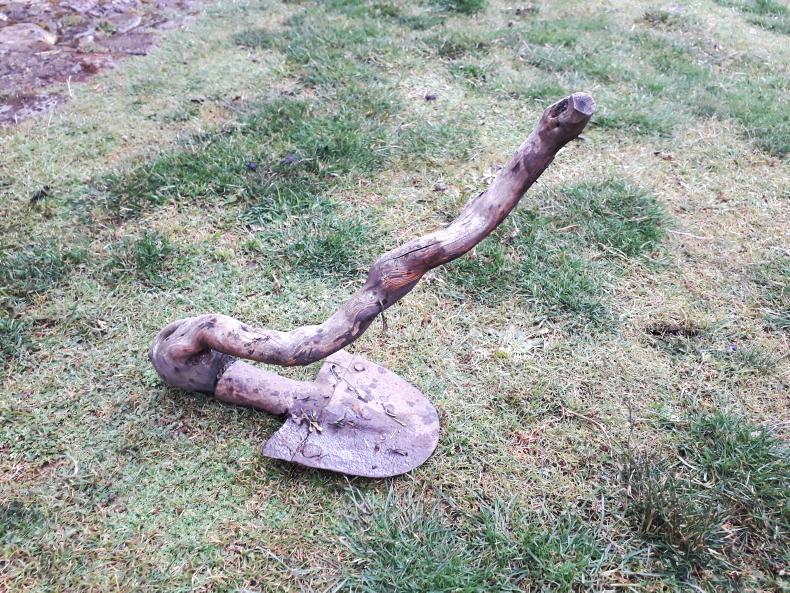
The Chaka Takkla - a traditional foot plough used in Peru.
Lost crops
I didn’t travel to Peru to look at potatoes though. My ambition was to find the lost crops of the Incas – the vegetables that were forgotten and never made it to fame the same way that the potato did.
These crops include the oca, yacon, maca, quinoa, amaranth and mashua.
I have grown them in the west of Ireland for over a decade and, just like the potato, they seem to like the Irish soil and climate. Some of these crops grow even better than the potato, as they seem to be quite free of pests and diseases.
For a number of reasons, there is a growing interest in these crops worldwide:
Yacon could become the world’s first super healthy sugar substitute.Black mashua is bought by the Chinese as a treatment for prostate cancer.Maca is available in Irish supermarkets as a superfood powder and heralded as the new Viagra.Oca is a delicious tuber with similar uses to the potato, but free of blight.Quinoa and amaranth are two Andean grains which have already become popular as a wheat alternative for people with gluten allergies.
Farming in Peru.
Peru was a wonderful experience for me. I even took a day off plant hunting and visited Machu Pichu. I always dreamt of going there and it’s definitely the most amazing place I have ever visited. I also saw the Moray terraces, which were built in a circle spanning about 1000ft in height. These were most likely the plant breeding stations of the Incas about 600 years ago.

Farming in Peru.
Bolivia and New Zealand
On my way back I spent a couple of days in La Paz – the capital of Bolivia (the highest capital in the world). They have recently installed the world’s most amazing transport system. The traffic in La Paz got so bad that the government decided to build its next public transport system in the sky. Known as Mi Teleférico, it's an aerial cable car transit system for the city.
The city started with one teleférico line above the city, which was mainly for tourists. However, after finding that local commuters used the aerial cable as well, the government decided to connect the whole city with seven teleférico lines. So I got to explore the city of La Paz from the sky.
I spent the last few days of my trip in New Zealand on the north island. New Zealanders are great horticulturists and extremely business-minded. It's one of the few countries (along with Japan) that has commercialised some of the old Peruvian crops. I spent some time with the first yacon growers in New Zealand (Wendy and Todd), who also process the tuber into a health-promoting syrup.
The oca is a very popular vegetable in New Zealand. However, it has been re-branded to appeal to consumers and is now called the New Zealand yam – even if it isn’t a yam. New Zealand growers did the same thing with the Chinese gooseberry, which is now more popularly known as a kiwi.
For many years I have grown a diverse range of alternative and novel food crops here in Ireland, that mainly originate from the Andes region in South America. These include vegetables such as oca, mashua, ulluco, maca, yacon, quinoa, amaranth, pepino and tarwi.
For my Nuffield study, I planned to evaluate the growing and marketing potential for alternative and lesser-known food crops for the Irish climate. My main destination to research this topic was Peru.
Peru is a bountiful country for vegetable and fruit crops. The ancient Incas were amazing plant breeders, and even as far back as the 1500s they had managed to develop and grow multiple potato varieties.

Yacon grown in Peru.

Farming in Peru.
While the Irish might like to claim it, Peru is actually where the potato originated. There are thousands of varieties still grown in the Andes mountains. Travelling through the high Andes, it was almost like being back in Connemara. The landscape is quite similar, with bare, stark mountains, lakes and streams, but also the ridges of potatoes. The difference is that native Quechuans (indigenous people of Peru) still grow potatoes just like the Irish did a hundred years ago. Even their traditional foot plough (known as a Chaka Takkla) is very similar to the Irish loy (foot plough).

The Chaka Takkla - a traditional foot plough used in Peru.
Lost crops
I didn’t travel to Peru to look at potatoes though. My ambition was to find the lost crops of the Incas – the vegetables that were forgotten and never made it to fame the same way that the potato did.
These crops include the oca, yacon, maca, quinoa, amaranth and mashua.
I have grown them in the west of Ireland for over a decade and, just like the potato, they seem to like the Irish soil and climate. Some of these crops grow even better than the potato, as they seem to be quite free of pests and diseases.
For a number of reasons, there is a growing interest in these crops worldwide:
Yacon could become the world’s first super healthy sugar substitute.Black mashua is bought by the Chinese as a treatment for prostate cancer.Maca is available in Irish supermarkets as a superfood powder and heralded as the new Viagra.Oca is a delicious tuber with similar uses to the potato, but free of blight.Quinoa and amaranth are two Andean grains which have already become popular as a wheat alternative for people with gluten allergies.
Farming in Peru.
Peru was a wonderful experience for me. I even took a day off plant hunting and visited Machu Pichu. I always dreamt of going there and it’s definitely the most amazing place I have ever visited. I also saw the Moray terraces, which were built in a circle spanning about 1000ft in height. These were most likely the plant breeding stations of the Incas about 600 years ago.

Farming in Peru.
Bolivia and New Zealand
On my way back I spent a couple of days in La Paz – the capital of Bolivia (the highest capital in the world). They have recently installed the world’s most amazing transport system. The traffic in La Paz got so bad that the government decided to build its next public transport system in the sky. Known as Mi Teleférico, it's an aerial cable car transit system for the city.
The city started with one teleférico line above the city, which was mainly for tourists. However, after finding that local commuters used the aerial cable as well, the government decided to connect the whole city with seven teleférico lines. So I got to explore the city of La Paz from the sky.
I spent the last few days of my trip in New Zealand on the north island. New Zealanders are great horticulturists and extremely business-minded. It's one of the few countries (along with Japan) that has commercialised some of the old Peruvian crops. I spent some time with the first yacon growers in New Zealand (Wendy and Todd), who also process the tuber into a health-promoting syrup.
The oca is a very popular vegetable in New Zealand. However, it has been re-branded to appeal to consumers and is now called the New Zealand yam – even if it isn’t a yam. New Zealand growers did the same thing with the Chinese gooseberry, which is now more popularly known as a kiwi.








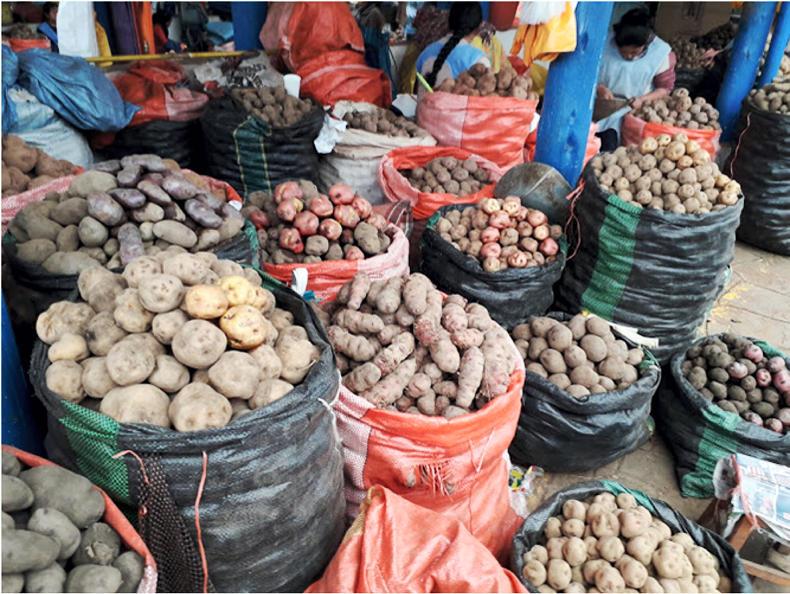





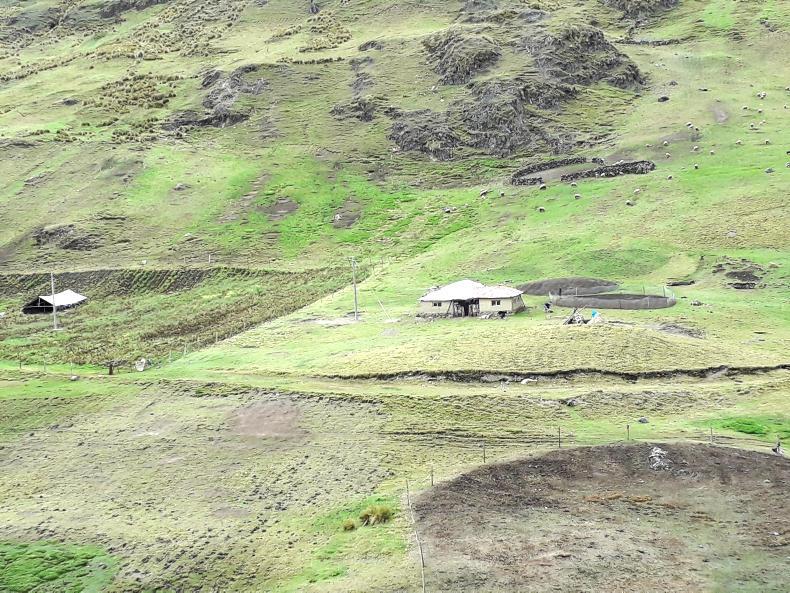



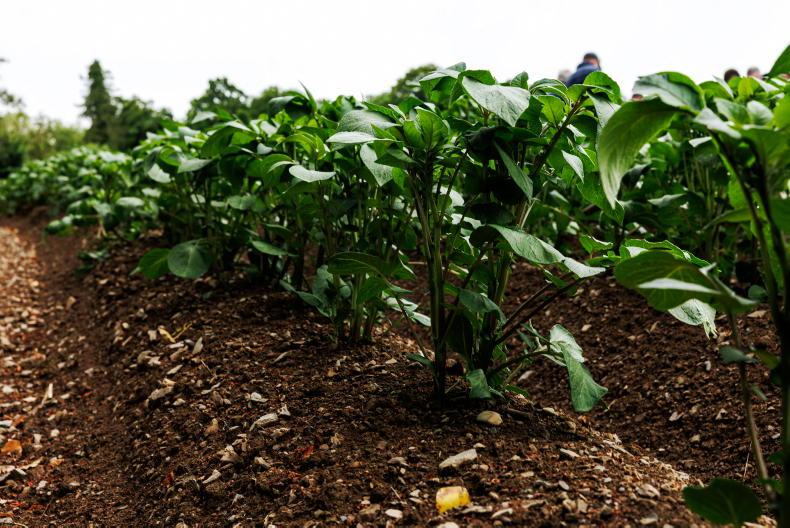
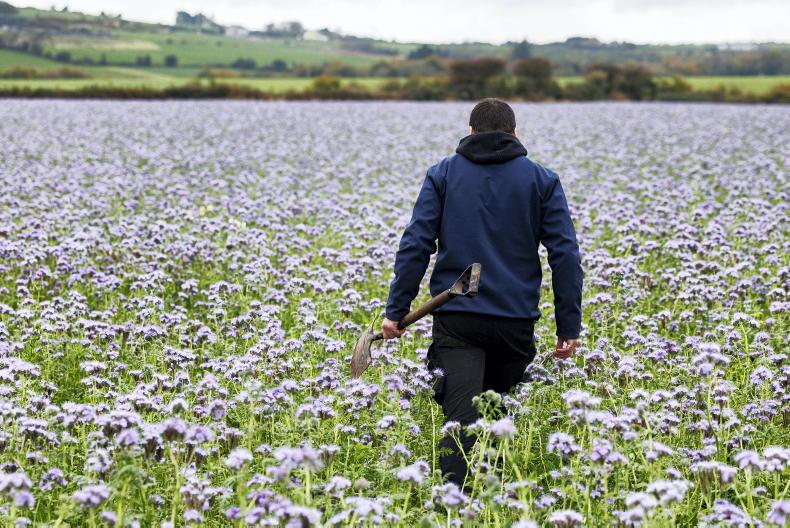


SHARING OPTIONS